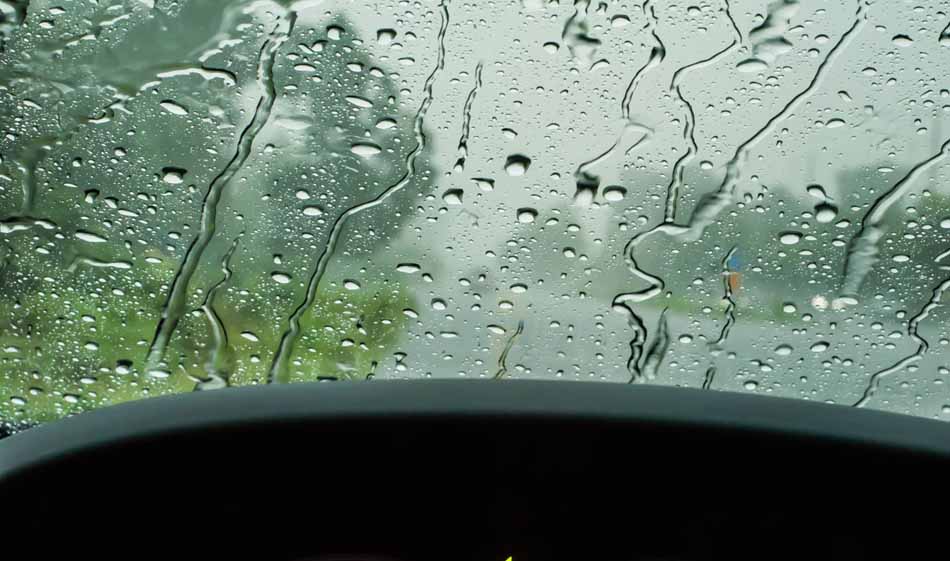As the seasons change and temperatures fluctuate, many aspects of our lives are affected, including our vehicles. One often overlooked element of our cars is the auto glass, which is susceptible to temperature changes and environmental factors. Understanding how the outside temperature affects your auto glass will provide valuable insight and help prevent costly damages. In this article, we’ll explore the effects of outside temperature on auto glass and how to best protect your car from these weather conditions.
How Does Heat Affect Auto Glass?
During the hot summer months, your vehicle’s auto glass is exposed to intense heat levels. A few ways the heat can impact your auto glass include:
Thermal Stress
When the glass is exposed to direct sunlight, it can expand, causing thermal stress. When the temperature drops, the glass contracts, putting strain on the glass and potentially leading to cracks.
Weakened Windshield Adhesive
High temperatures can weaken the adhesive that binds your windshield to the frame of your vehicle. This can cause the glass to become loose or even detach from the frame, creating hazardous driving conditions.
Air Conditioning Impact
If your car’s interior is significantly cooler than the outside temperature, the sudden change in temperature upon starting your vehicle’s air conditioning can cause existing cracks in the glass to spread, especially if the AC is directed toward the windshield.
Cold Weather and Your Auto Glass
Just as heat can weaken your auto glass, cold weather conditions can also cause damage. Here are some cold weather effects to be aware of:
- Contracting glass: As mentioned earlier, glass contracts in cooler conditions. This can lead to small chips or cracks in the glass, which can eventually spread.
- Windshield wipers: Frozen windshield wipers can scratch your glass if they operate while covered in ice or snow. Additionally, using your wipers to scrape your windshield clean can cause scratches and damage to the wiper blades as well.
- Rock salt and de-icers: Chemicals in rock salt and de-icers used to melt ice and snow during winter can cause pits and small cracks in your auto glass, which can worsen over time.
What Can You Do to Protect Your Auto Glass?
To prevent auto glass damage due to temperature fluctuations, take the following precautions:
- Park your vehicle in the shade during hot days to minimize direct sunlight exposure.
- Gradually warm your car’s interior during cold months to avoid rapid temperature changes.
- Clear ice and snow from your windshield with a scraper, not your windshield wipers.
- Inspect your auto glass for chips and cracks regularly, and address small issues before they worsen.
While these precautions may help you maintain the integrity of your auto glass, there might be times when cracks or damage are unavoidable. In such cases, having a professional for auto glass replacement in Cumming can be beneficial. A reliable professional will have the skills and expertise necessary to ensure your auto glass is properly replaced with high-quality materials.
To Sum Up
Outside temperature plays a significant role in the health of your auto glass. By being aware of the effects of extreme temperatures and taking preventive measures, you can help prolong the life of your windshield and other auto glass components. And if you do encounter any auto glass issues, don’t hesitate to reach out to a professional for assistance. Thank you for reading!


